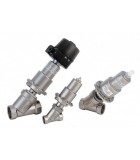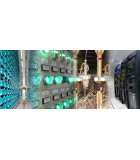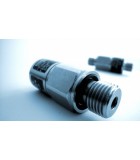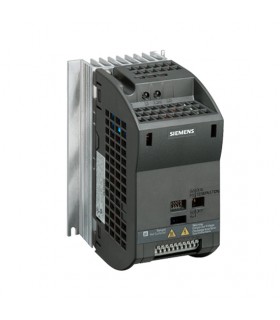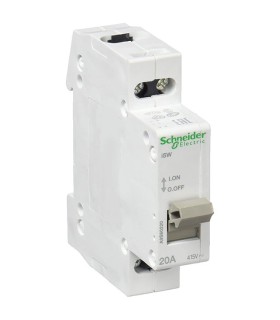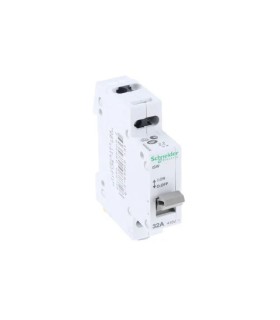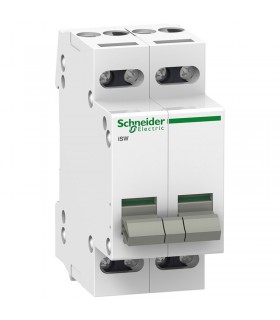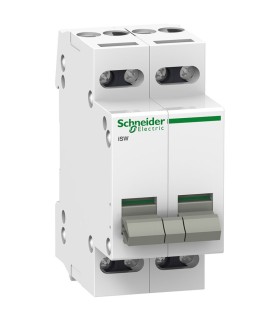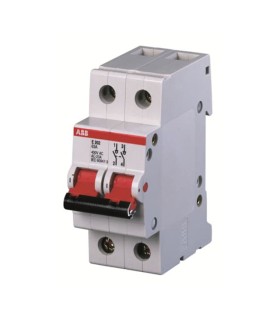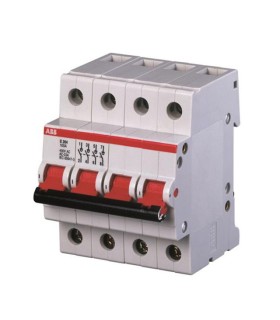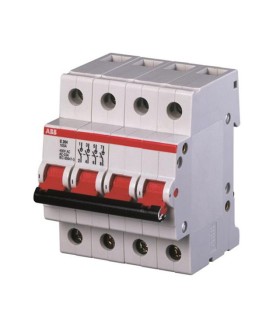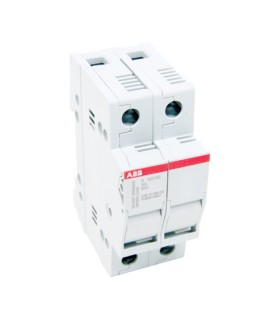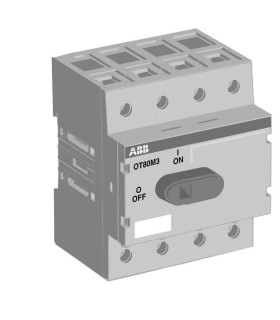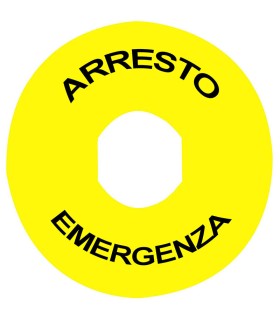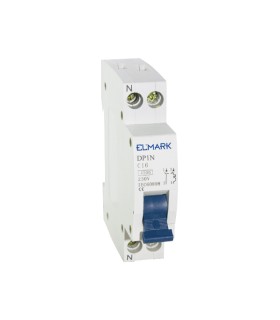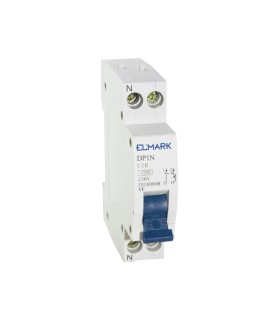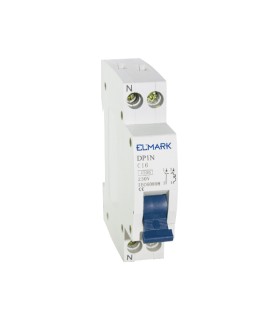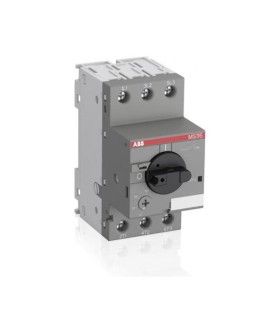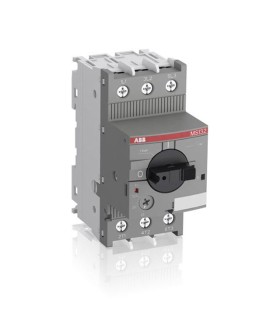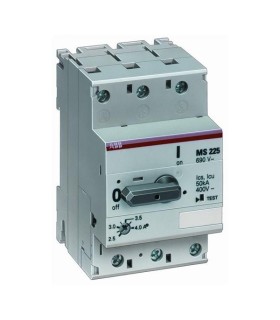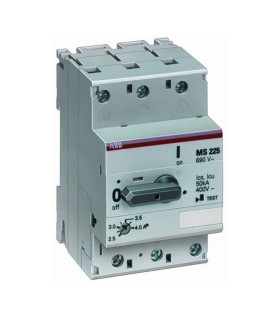Automation
Subcategories
Wholesale of automation components
The wholesale of automation components is an area in which our company Errebishop is highly specialised.
As well as being direct producers of components for customised wiring harnesses and wiring diagrams, we are also involved in the wholesale and distribution of various items, including components for automation systems.
This is because we can rely both on the production capacity of 2 entire plants and on professional and reliable suppliers.
With more than twenty years of experience, we are a leading company in the sector and we guarantee products manufactured according to all safety standards, in order to offer our customers top quality at competitive and affordable prices.
What are Automation Components?
To understand exactly what automation components are, however, it is first necessary to clarify the concept of automation.
In general, the term "automation" identifies all those technologies which, by using control systems, allow machinery, appliances and devices to function automatically. This discipline was created by combining industrial and computer technologies: in general, its aim is to entrust production and material work to machines, eliminating or reducing human labour.
The use of automatic production mechanisms dates back to the industrial revolution, when fast and precise machines were needed.
Over time, these machines have developed further and further, requiring sophisticated and reliable components to control and manage all stages.
Today, in modern industry, automation is the discipline that uses technological tools (whether electrical, electronic or computerised) to monitor and control production processes. Automation components are therefore essential to ensure the operation of all the automatic mechanisms provided for in the production systems of modern companies and businesses.
This is why there is now a wide variety of these tools on the market, each classified by function and type; without them, industrial production as we know it today would be unthinkable.
How Automation Components Work
Knowing how automation components work is very useful for understanding in detail how the main phases of modern production are structured and which automatic tools are associated with certain operations.
Automation components are used wherever there is a need to perform:
- repetitive operations
- complex operations
- process management
- process monitoring and control
The operation of such tools has changed over the years. Initially, these components were 'simple' mechanical tools that performed single or repetitive tasks in place of human limbs. They were operated by sensors that coordinated their processes. Over the years, these tools have been joined by others: real control systems capable of performing increasingly precise and advanced functions.
Today, many automation components can be easily connected to each other and exchange data and information, thanks to communication networks and increasingly sophisticated sensors.
Ultimately, automation components are a mix of pure mechanics (i.e. the replacement of human attributes by machines) and electronic devices (e.g. machine vision sensors, PLC computers that use certain software to analyse data generated by other devices, etc.).
Areas of use for automation components
Whereas previously the areas of use for automation components were confined to industries and production plants in general, today there are many contexts in which we can find them. In fact, today, many everyday processes and mechanisms have been supplemented by automations that require specific tools to function.
Here are the main areas in which automation components are used:
- Factories and manufacturing industries
In manufacturing plants, we find extensive use of automated devices. This is because, as already mentioned, especially in these contexts there is a need for the operation of machinery or devices that carry out certain operations in a closed cycle or not. - Homes and accommodation of all kinds
Devices to automatically open a garage or wall-mounted switchboards are also automation elements that can be found in homes, accommodation facilities, shops etc..
It is no coincidence that there is increasing talk of a branch of automation in the domestic sphere, namely domotics. - Research laboratories
Automation systems and their components are also widely used in research laboratories, for precise control of data and processes and to obtain more reliable results. - Military
Automation components are also widely used in the military sector. From artificial vision to the remote guidance of missiles and submarines, there are many contexts in which these elements are used.
Types of Automation Components
To get an idea of what the main types of automation components are, it is necessary to specify that every automated production system uses specific machines and devices.
These can be classified into 3 types:
- Sensors
Sensors can measure quantities and quantities to monitor the progress of work and whether it is being carried out correctly. - Processors
Closely linked to the sensors, they process the data generated by the sensors and prepare the actions to be carried out. - Actuators
execute the commands transmitted by the processors.
Each type, in order to function correctly, requires certain Automation components, which in turn can be divided into 3 categories.
- Regulation and control
This category includes emergency switches, circuit breakers for motor protection, filtered inverters and all those elements used to regulate, block and generally signal the progress of production operations (for example, in the industrial field, inverters regulate the speed of any electric motor) - Pneumatics
Elements that are connected by pipes and use the energy of compressed air belong to this type. Flow regulators, valves and connectors are all components that fall into this category. - Sensors and transducersSensors and transducers are devices sensitive to physical quantities that record and convert into signals (electrical, mechanical, pneumatic or hydraulic) to process information.
It is clear that these categories include many automation components, all different and with specific functions. It would be impossible to list them all, especially if we consider that this is a field that is constantly being updated due to the constant advances that generate new technologies.


